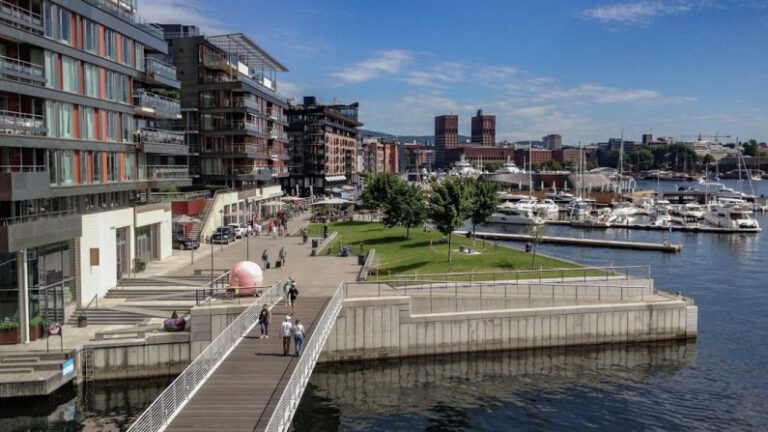Vertical Farming: the Sky-high Solution to Urban Food Deserts
Innovative farming techniques have emerged as a solution to the challenges of feeding rapidly growing urban populations. One such method gaining traction is vertical farming, a practice that involves growing crops in vertically stacked layers. This approach presents a promising solution to urban food deserts, areas where access to fresh, nutritious food is limited. By utilizing unused urban spaces and optimizing resources, vertical farming offers a sustainable way to produce food closer to where it is consumed.
Addressing Urban Food Deserts
Urban food deserts are characterized by a lack of grocery stores or fresh food markets, leaving residents with limited access to healthy food options. This issue disproportionately affects low-income communities, leading to higher rates of diet-related diseases and poor health outcomes. Vertical farming presents an opportunity to bridge this gap by bringing food production into the heart of urban areas.
Maximizing Space Efficiency
One of the key advantages of vertical farming is its space efficiency. By utilizing vertical space, farmers can produce significantly higher yields compared to traditional horizontal farming methods. This is especially important in densely populated urban areas where land availability is limited. Vertical farms can be set up in a variety of spaces, including repurposed warehouses, shipping containers, or even high-rise buildings, making it a versatile option for urban environments.
Optimizing Resource Use
Vertical farming also offers the advantage of resource optimization. By utilizing hydroponic or aeroponic systems, where plants are grown without soil and with minimal water usage, vertical farms can achieve higher water efficiency compared to traditional farming. Additionally, the controlled environment of vertical farms allows for precise monitoring of factors such as temperature, light, and nutrients, leading to higher crop yields and faster growth rates.
Reducing Food Miles
Another benefit of vertical farming is its ability to reduce food miles, the distance food travels from farm to consumer. By growing food closer to urban centers, vertical farms can significantly decrease the carbon footprint associated with transportation and storage. This not only reduces greenhouse gas emissions but also ensures fresher produce for consumers, leading to higher nutritional value and longer shelf life.
Promoting Food Security
Vertical farming plays a crucial role in promoting food security by creating a more resilient food system. By decentralizing food production and moving it closer to urban areas, vertical farms can help mitigate the impacts of external factors such as climate change, natural disasters, or supply chain disruptions. This localized approach to food production ensures a more reliable food supply for urban communities, reducing their dependence on external sources.
Empowering Local Communities
Vertical farming has the potential to empower local communities by creating opportunities for entrepreneurship and job creation. As the demand for fresh, locally grown produce continues to rise, vertical farming offers a viable business model for aspiring farmers and entrepreneurs. Additionally, vertical farms can serve as educational hubs, teaching community members about sustainable farming practices and the importance of healthy eating.
Innovating for a Sustainable Future
Vertical farming represents a significant innovation in sustainable agriculture, offering a solution to the pressing challenges of urban food deserts. By harnessing technology and creativity, vertical farms are revolutionizing the way we grow and consume food in urban environments. As we look towards a more sustainable future, vertical farming stands out as a sky-high solution with the potential to transform our food systems for the better.






